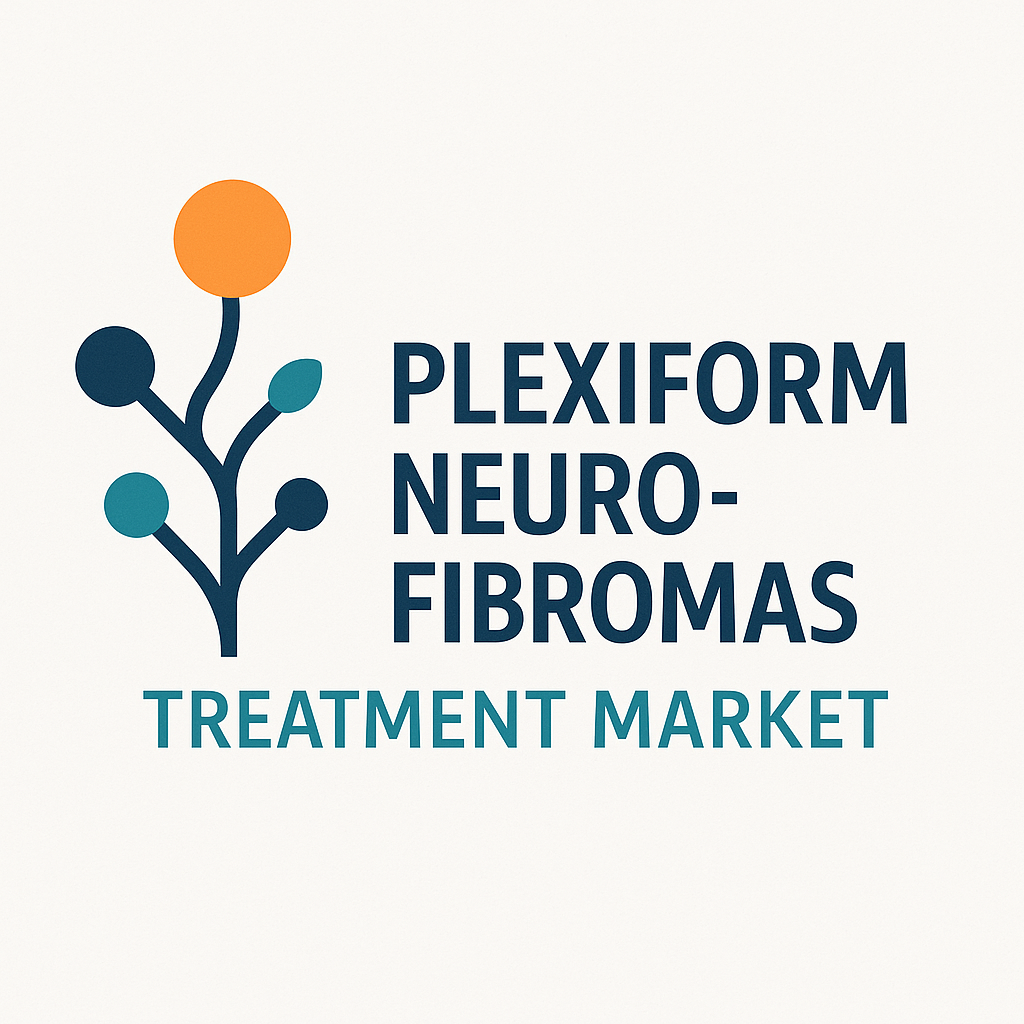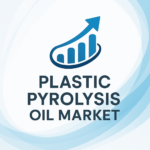Plexiform Neurofibromas Treatment Market Overview
The therapeutic landscape for plexiform neurofibromas (PN)—complex, often infiltrative tumors linked to Neurofibromatosis Type 1—has changed more in the last five years than in the previous half‑century. Global annual sales of PN‑directed interventions are now estimated at roughly USD 1.3 billion (2024). Analysts who track orphan‑disease spending project a compound annual growth rate of 8–9 percent, implying a market value in the USD 2.7–3.0 billion range by 2033. Several forces converge to drive this momentum.
-
Unmet clinical need remains high. Approximately 30–50 percent of people with Neurofibromatosis Type 1 develop PN at some point, and a significant subset experience pain, disfigurement, or functional compromise. Historical reliance on surgery alone—often limited by anatomical inaccessibility, recurrence, and morbidity—created a demand vacuum for systemic options.
-
First‑generation targeted therapies have proved the concept. Early oral inhibitors of the RAS‑MAPK pathway demonstrated consistent tumor shrinkage in more than one‑third of treated patients, shifting expectations toward pharmacological control rather than purely surgical palliation.
-
Pipeline depth is widening. More than a dozen agents across multiple mechanisms (next‑generation MAPK inhibition, angiogenesis modulation, immunomodulation, and gene‑corrective strategies) are in Phase II or beyond. Rare‑disease incentives, priority‑review programs, and strong advocacy groups shorten developmental timelines.
-
Diagnostic and monitoring advances accelerate uptake. High‑resolution MRI, functional imaging, and circulating‑biomarker assays enable earlier detection and objective response tracking, encouraging proactive intervention.
-
Reimbursement frameworks for orphan indications have matured. Although per‑patient drug costs are high, payers increasingly weigh the long‑term savings of avoiding repeated debulking surgery, prolonged hospitalization, and secondary orthopedic or neurologic complications.
-
Digital‑health integration improves adherence and reach. Tele‑oncology, remote adverse‑event monitoring, and home delivery of oral agents expand access beyond major academic centers, particularly in fast‑growing Asia–Pacific markets.
Taken together, the next decade is likely to feature a steady broadening of therapeutic choice, earlier treatment initiation, and increasing patient volumes, underpinning robust revenue expansion even in a niche disease space.
Plexiform Neurofibromas Treatment Market Segmentation
1. By Treatment Modality
Subsegments: Surgical Resection, Radiation Techniques, Cytotoxic Pharmacotherapy, Molecularly Targeted Therapy
Historically, surgery has been the cornerstone, especially for lesions causing airway compromise or rapid mass effect. Advances in intra‑operative imaging, neuro‑monitoring, and reconstructive techniques reduce operative risk, yet incomplete excision and post‑surgical neuropathic sequelae remain common. Radiation—conventional external beam, proton, or stereotactic approaches—serves a niche role for unresectable or residual tumors but is moderated by concerns about malignant transformation in genetically susceptible tissue. Cytotoxic pharmacotherapy (alkylators, antimetabolites, and vinca alkaloids) offers systemic reach yet modest efficacy; its share is declining as more selective agents appear. The fastest‑growing subsegment is molecularly targeted therapy, led by oral inhibitors of MEK 1/2, ERK, or associated kinases. Early agents delivered durable partial responses in pediatric cohorts; second‑generation molecules promise better tolerability and adult labeling. Collectively, targeted therapies are forecast to command the majority of new spending by 2030, with annualized growth exceeding 15 percent, while surgical and radiotherapeutic revenues nudge upward only in line with general healthcare inflation.
2. By Therapeutic Objective
Subsegments: Tumor Debulking, Symptom Control, Functional Restoration
The tumor‑debulking objective targets significant bulk reduction—defined radiologically as at least a 20 percent volume decrease—aiming to forestall progression and alleviate disfigurement. Success rates have surged with MAPK‑pathway inhibition, and upcoming combination regimens (e.g., anti‑angiogenic plus MEK blockade) are projected to push median shrinkage above 40 percent for selected genotypes. Symptom control encompasses analgesia, anti‑pruritic measures, and strategies to attenuate neuropathic pain; innovations include percutaneous cryoablation for focal lesions and gene‑silencing constructs delivered locally. Expenditure in this subsegment grows steadily as payers recognize quality‑of‑life improvements. Functional restoration addresses impaired mobility, airway patency, or organ compression. Multidisciplinary protocols pair limited surgical debulking with systemic therapy to maintain gains, while 3‑D‑printed orthotics and nerve‑transfer techniques augment outcomes. As disease management shifts earlier—and thus prevents irreversible deficits—this objective’s share of spend may plateau, but it remains integral to holistic care.
3. By Pharmacological Class
Subsegments: Kinase Inhibitors, Anti‑Angiogenic Agents, Immunomodulators
Kinase inhibitors—chiefly targeting MEK, ERK, or PI3K—constitute the backbone of drug revenue. First‑in‑class approvals validated pathway blockade; next‑wave agents emphasize once‑daily dosing, improved CNS penetration, and pediatric‑friendly formulations. Market models anticipate double‑digit CAGR through 2032 as label expansions (adult indications, adjuvant use) roll out. Anti‑angiogenic agents (multitarget tyrosine‑kinase inhibitors, selective VEGF blockers) exploit PN’s dense vascular network to starve tumors; while monotherapy results are modest, synergy with MAPK inhibition is under active exploration. Immunomodulators span checkpoint‑axis antibodies, adoptive cell therapies, and oncolytic platforms engineered for neurofibroma tropism. Although early‑stage, their appeal lies in durable control without continuous administration. Over the next decade, class‑diversification will insulate the market from single‑agent price erosion and foster personalized regimens combining two or more mechanisms for deeper, longer responses.


